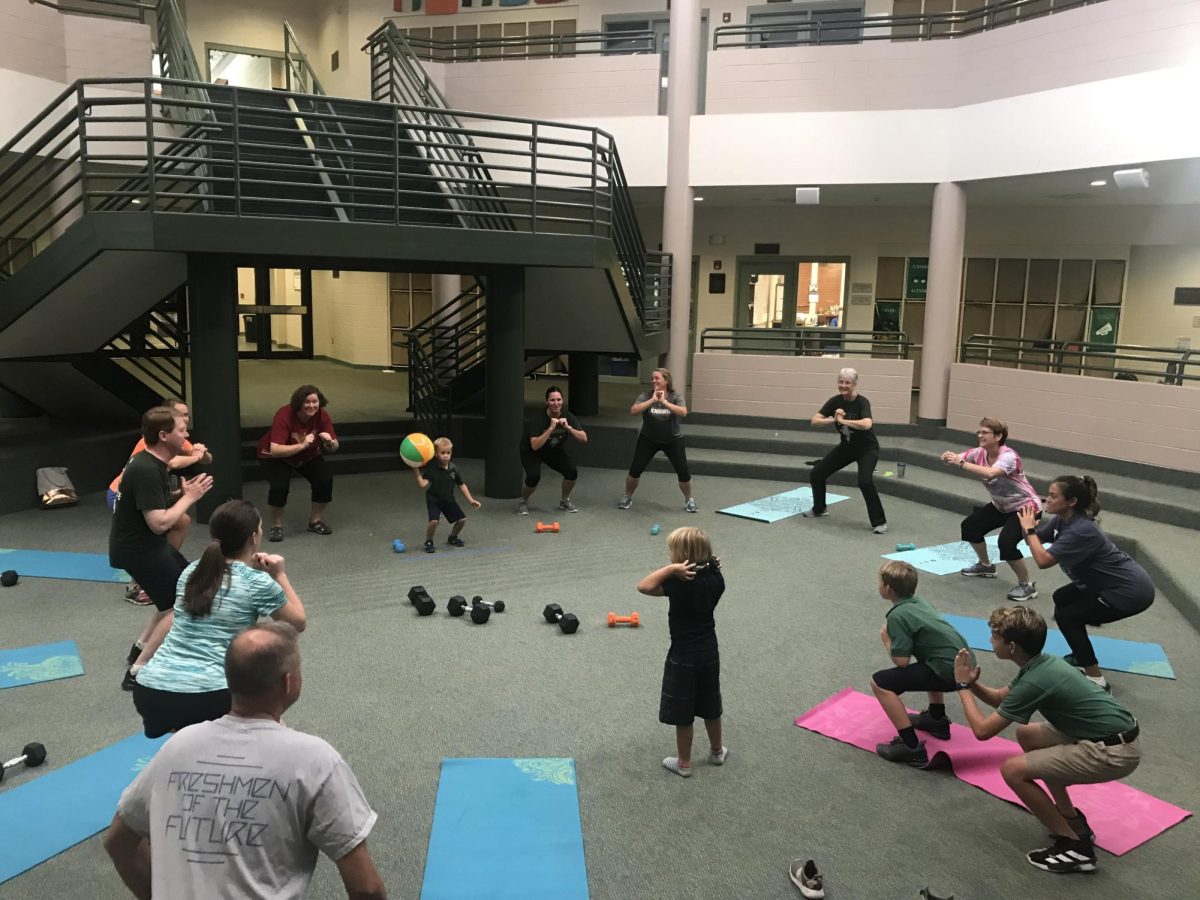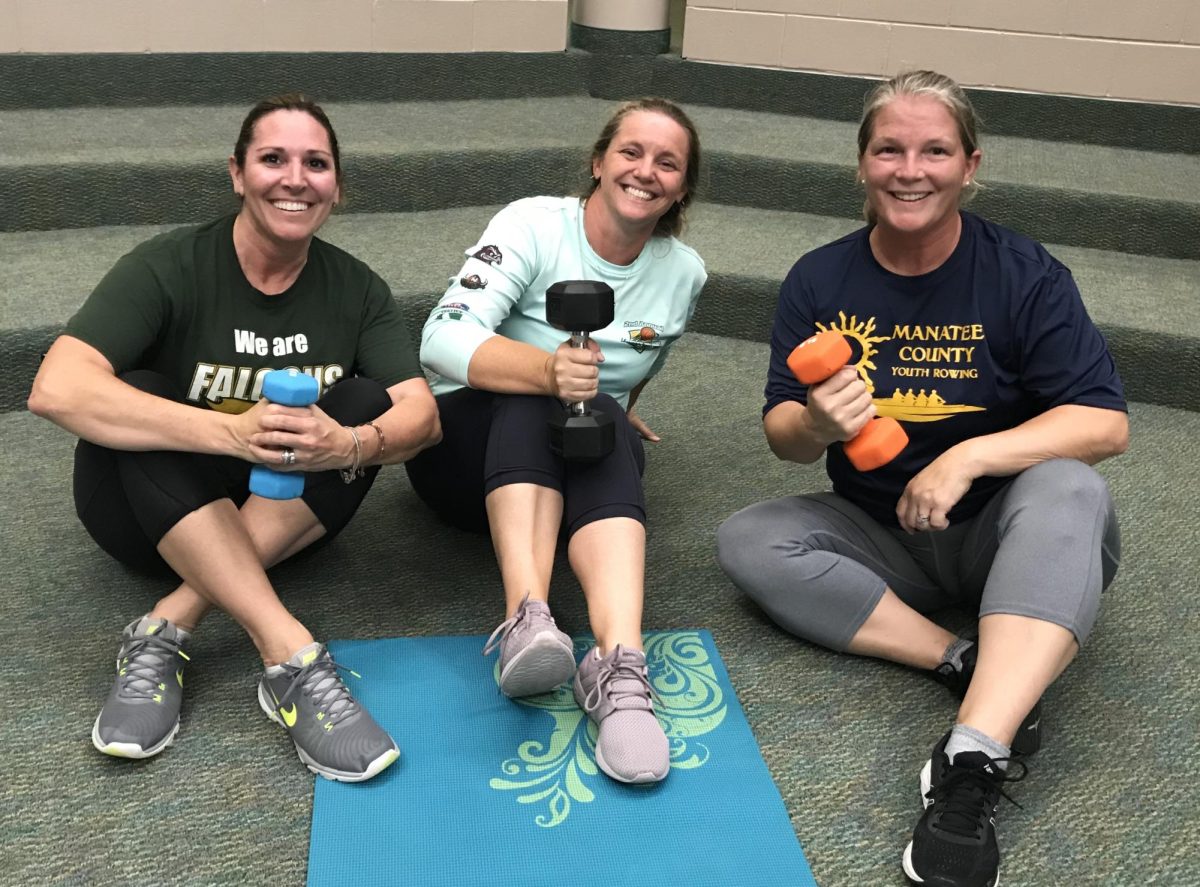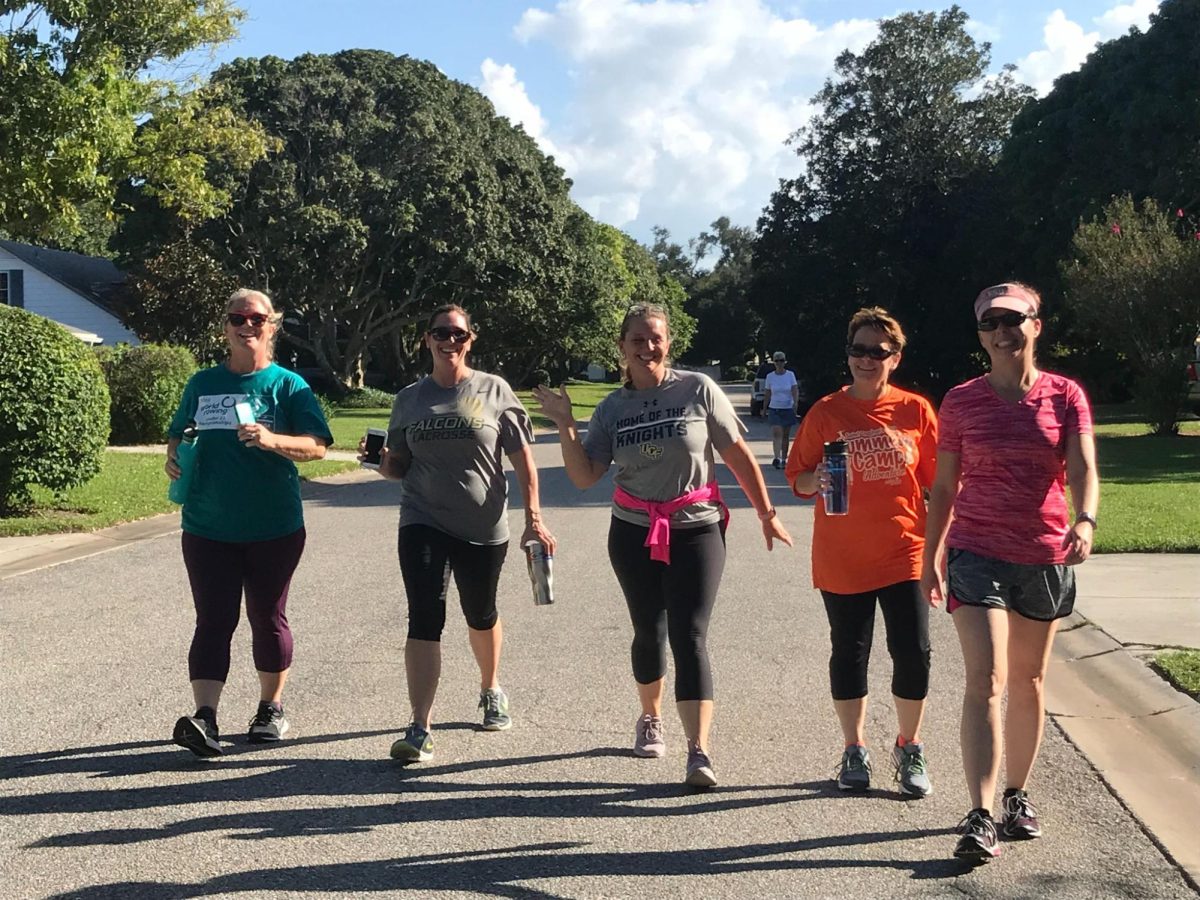Inside the Saint Stephen’s Wellness Initiative
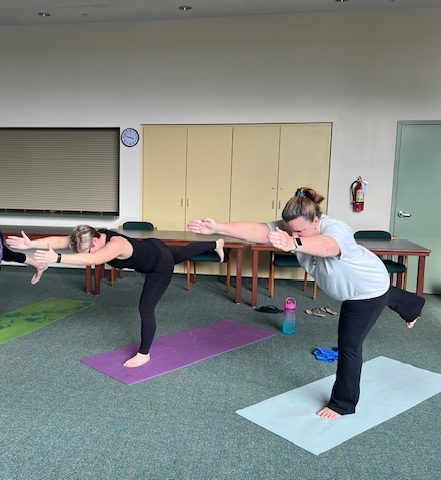
At some point, we’ve all experienced stress. Whether it’s the fatigue of the daily grind, anxiety over a test, or the experience of a major life event, the resulting tension can take a toll on the mind and body. Nobody is exempt, including our teachers.
In fact, according to a research study conducted by Pennsylvania State University, 46% of teachers experience high stress levels, teachers have the HIGHEST burnout rate of any profession, and 35% of teachers say they are likely to quit in the next two years, according to a 2022 Gallup Poll.
According to a 2022 Gallup Panel Workforce Study, teachers “have the highest burnout rate in the US.” 44% of K-12 workers report they “always” or “very often” feel burned out at work. Additionally, higher education (university/college) workers report a burnout level of 35%. These percentages appear to outpace other high-stress professions including healthcare (31%), finance (21%), and law (31%) placing teachers and educators in the highest tier of burn-out in the U.S. workforce.
Burnout in the classroom can lead to teacher retention issues. According to the U.S. Bureau of Labor Statistics, more than 270,000 teachers have left their jobs each year since 2016. It’s predicted that this rate will continue through 2026. A recent survey by the National Education Association (NEA) found that 55% of teachers indicated they were planning to leave the profession sooner than they thought with 90% of members identifying burnout as a serious issue and 67% identifying it as a “very serious issue.”
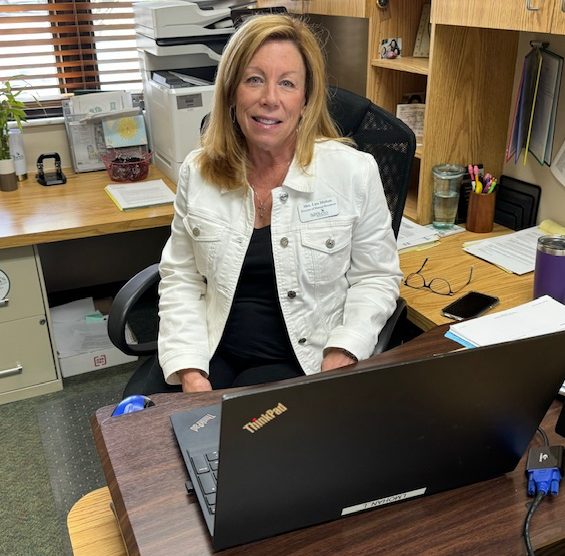
Fortunately for the faculty and staff at Saint Stephen’s, there’s a plan in place to help them to alleviate some of the daily stress that could, in the long run, lead to larger problems. Previously piloted by Director of Human Resources, Lisa Mohan, and now led by our Dean of Student Life and Wellness Anna Conn, the SSES Wellness Initiative provides a support system in which teachers and staff bond together through various wellness activities (both physical and mental) for the benefit of their minds, bodies, and souls.
Mohan explained that the Wellness Initiative improves the welfare of faculty and staff by providing an environment and series of opportunities to enable good health among the staff.
“[The program] creates a culture to empower employees to become aware of daily activities and overall health status. It’s a stepping stone for members to maintain or improve their wellbeing.”
As part of the Saint Stephen’s Wellness Initiative, teachers and staff can participate in a wide variety of wellness activities that range from healthy eating to mindfulness to physical fitness challenges and beyond.
One creative example is The Clean Eating Challenge, where participants are encouraged to purge unnecessary food and beverage items including sugar and alcohol. As a result, many report feeling happier and healthier.
Social Studies Department Chair Patrick Whelan shared that the initiative has provided him with a sense of physical wellness, in turn, improving his emotional wellbeing. As part of the Clean Eating Challenge, teachers were encouraged to walk 10,000 steps. Whelan met that challenge by walking to school instead of driving.
“I noticed that every day I walked to school, I felt better, and it put me in a better mood. And perhaps I came across gentler than otherwise.”
Exercise is an important part of the program and teachers are encouraged to participate both on and off campus. Popular events include yoga, Zumba and meditation along with monthly challenges such as Squatober, whereby teachers and staff perform squats and record their activity during the entirety of October. By combining exercise and clean eating, teachers report feeling stronger, more active, and thus more confident.
To keep everyone on track, Mrs. Conn provides a spreadsheet where those who wish to log their progress for the various activities may do so. She reports that some utilize the sheet daily noting that accountability can be very important to individual success.
It isn’t just the teachers who benefit from the culture of wellness on campus. According to a Pennsylvania State Research study, students can also be impacted by a teacher’s stress level. Studies confirm, when teachers aren’t at their best, it can cause students to show lower levels of both social adjustment and academic performance.
Mrs. Conn agrees. “If our teachers are happy, are healthy, are feeling well and are supported, they’re better teachers, therefore the students feel the positive impact.”
Our teachers wear many hats, and the emotional demands can stretch for miles. On any given day they are a planner, an educator, a counselor, and a mediator. They must be able to successfully navigate all types of student and parent personalities. Sometimes they must deliver bad news about grades, encourage a student with testing anxiety to push through, or comfort one who may be having serious problems at home. All this takes a toll on mental and physical health.
Kate Sinphay, a STEAM teacher in the Intermediate School, participates in the wellness program. For her, having support from her fellow work colleagues is also an important part of the initiative because it brings teachers closer together.
“Knowing that you are not alone when dealing with difficult situations, or just being able to figure out things together, is so important,” Sinphay said.
According to Mr. Whelan, teachers can sometimes feel like they’re on an island all to themselves. Participating in the social tasks and challenges that the Wellness Initiative offers them a sense of community.
“When we come to work, we close the door,” Whelan said. “So, anything that builds community has a benefit that may be as large as the wellness aspect more generally.”
While the program isn’t guaranteed to cure stress and burnout, it does seem to make a difference for many. For now, the monthly challenges continue to attract participants but there is a desire to do more in the future. Plans include bringing in motivational speakers, fitness coaching, and incentive rewards. Mrs. Conn would love to see more everyday options, like a walking club, be added as well.
A wellness initiative isn’t exclusive to teachers. We can all benefit from the lessons they’re learning. By adopting a personal wellness initiative, everyone wins. If students feel healthy and relaxed, that will in turn help teachers to feel relaxed and motivated for the day ahead.
For Mr. Whelan, balance is the key.
“The best advice is to pursue a life that has balance. Be able to dedicate your energies and your attention not just to those people who might be valuable, but rather those that will provide a sense of balance to your life. Once you have achieved that balance, it becomes a lot easier because everything else is well taken care of.”


